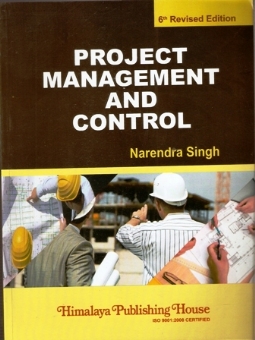This book introduces the fundamentals of computer organization, covering CPU design, number systems, and essential components. Through detailed explanations and practical examples, it provides foundational insights for students and enthusiasts.
UNIT 1: Computer Organization provides an overview of the evolution and foundational principles of computer organization. It introduces the Central Processing Unit (CPU) as the core component responsible for executing instructions and managing system operations. The chapter explores the development of computing technology, from early vacuum tubes to modern microprocessors, emphasizing the role of transistors and integrated circuits
UNIT 2: Number Representation Techniques delves into various number representation systems essential for digital computing. It begins with an introduction to the binary, decimal, octal, and hexadecimal systems, explaining how each system is structured and applied in computer systems. The chapter outlines conversion methods between these number systems, providing step-by-step guidance on transforming decimal to binary, binary to decimal, and other inter-conversions.
UNIT 3: Boolean algebra and Logic Gates delves into Boolean algebra, a fundamental mathematical system crucial for digital logic and computer science. This chapter introduces Boolean expressions, basic logic gates (AND, OR, NOT), and essential truth tables, providing a foundation for digital system design. Boolean algebra’s role in modern electronics is immense, enabling everything from data processing to the functioning of search engines, making it indispensable in technology today.
UNIT 4: Combinational Logic Circuits covers Combinational Logic Circuits, a vital component in digital electronics that generates outputs solely based on current inputs without feedback or memory, ensuring predictable performance. The chapter details various types of combinational circuits, such as encoders, decoders, multiplexers, and demultiplexers, along with design procedures. Combinational circuits are widely used for data transmission and signal processing, where response speed is essential.
UNIT 5: Interfacing and Memory Organization Interfacing and memory management are the subject of this unit on computer organization. Optimizing computer performance requires understanding how memory and components connect. This unit covers everything from input/output device-CPU interface to Direct Memory Access (DMA). Memory hierarchies, virtual memory, and current data transport methods improve system performance and efficiency. This work is for students and professionals who want to learn how flawless data flow affects computer system functionality.
Contents –
1. Computer Organization
2. Number Representation Techniques
3. Boolean Algebra and Logic Gates
4. Combinational Logic Circuits
5. Interfacing and Memory Organization
Lab Programs
Question Bank







